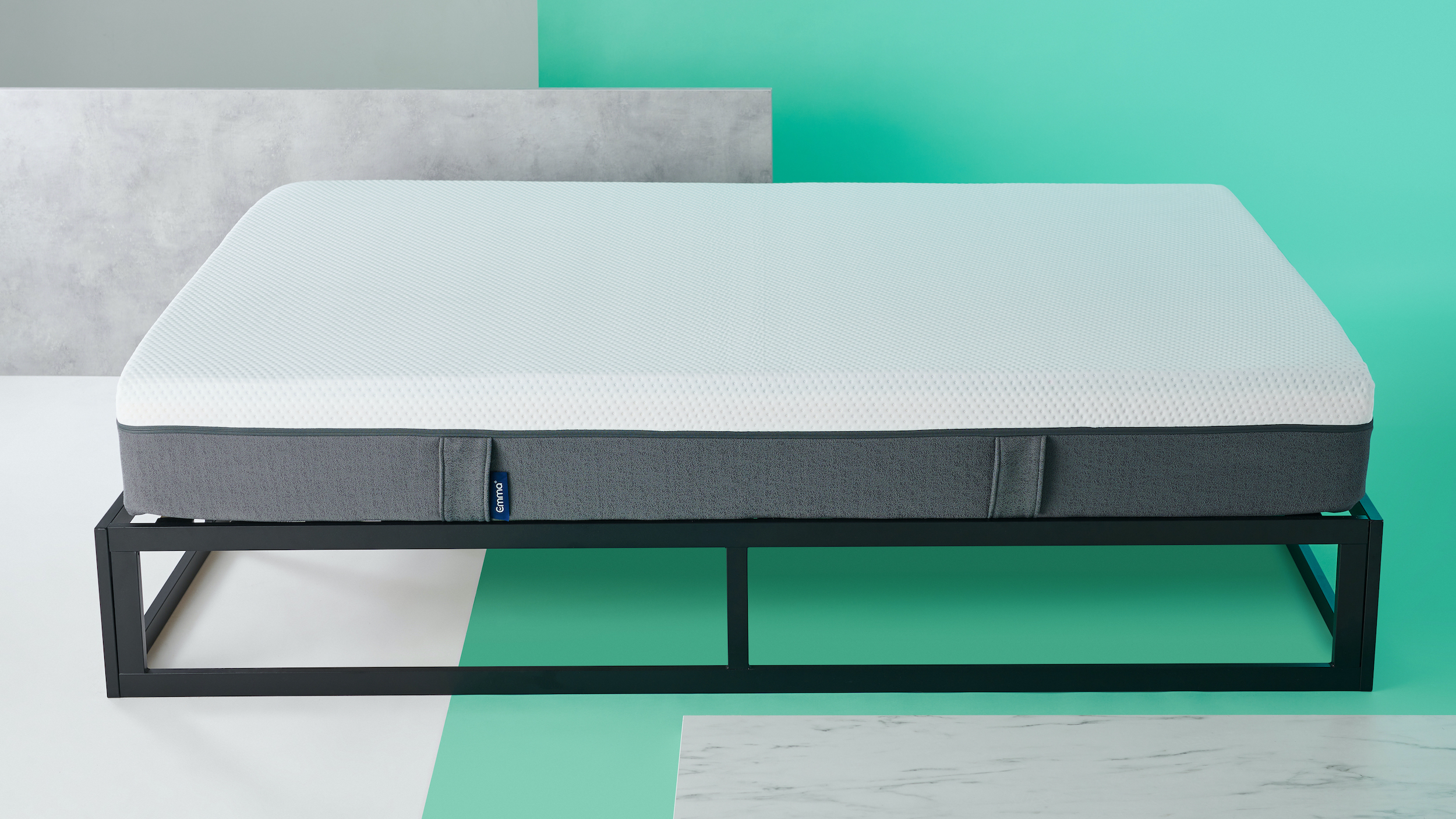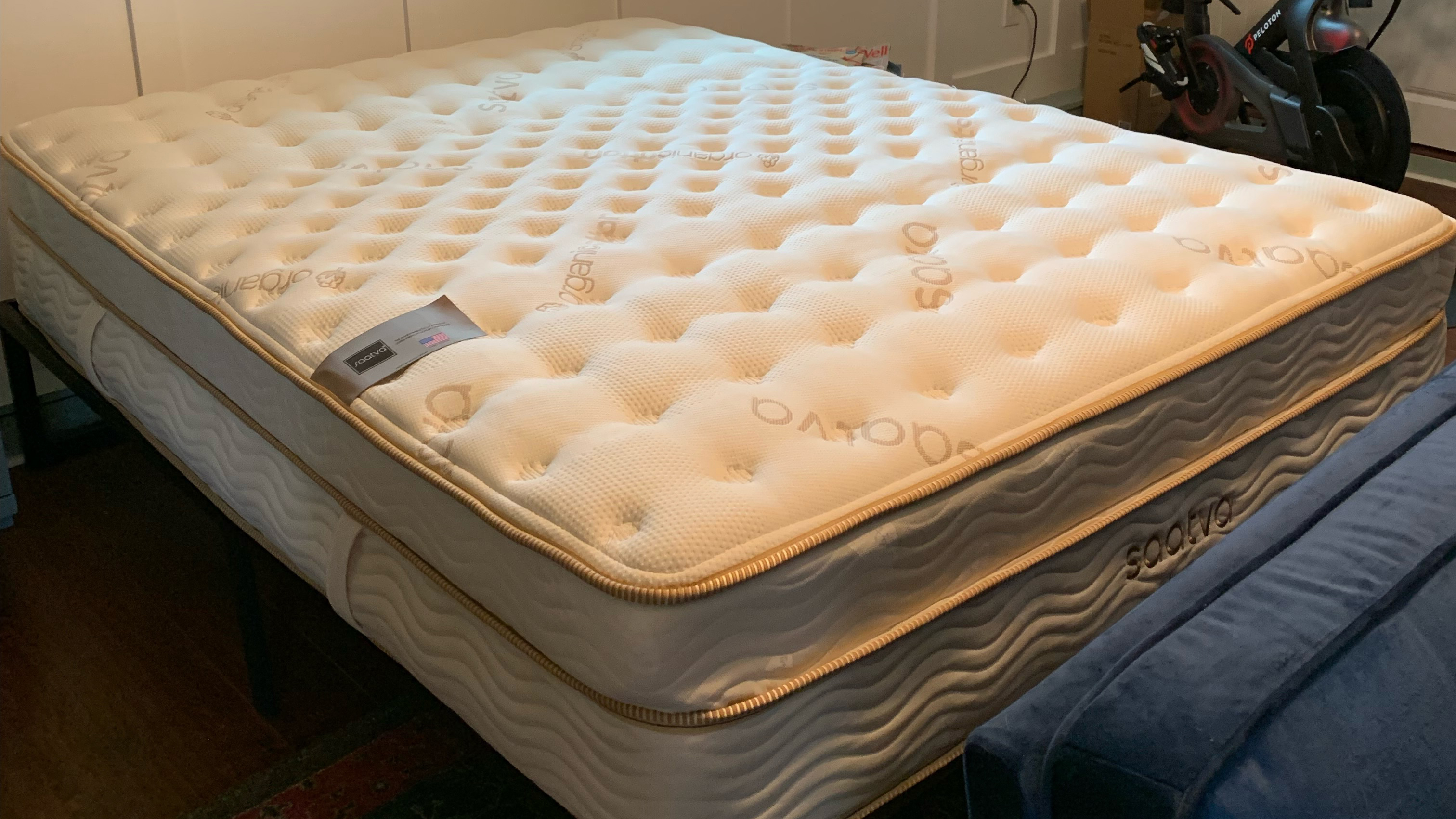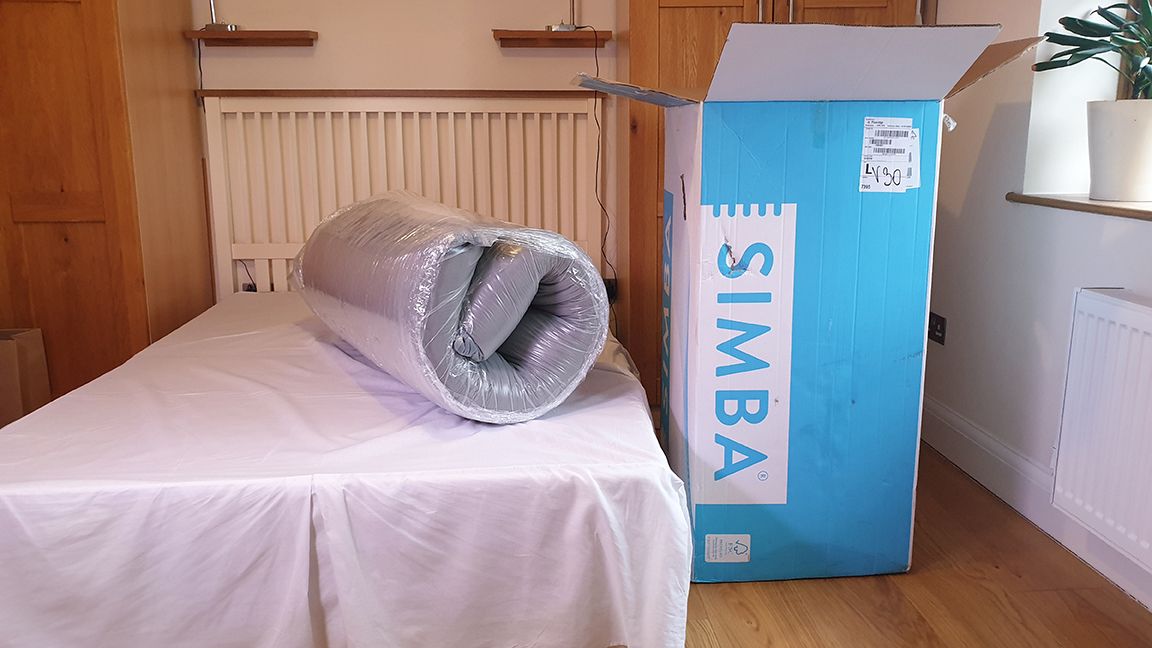Mattress outgassing refers to a specific process that occurs when a bed in a box is unpacked. That noticeable new mattress smell can catch you by surprise if you’re not ready for it, and some mattresses stink more than others.
If you’re particularly sensitive to mattress gas, you may find that you don’t sleep well the night you unpack your new bed because the tennis may be too much. The good news is that many of this year’s the best mattresses use a number of materials to reduce the stench.
To learn more about king single mattresses be sure to check out Sleep Republic
Memory foam mattresses are more prone to gas than other types for reasons we’ll explain below. We’ll also tell you whether mattress gas is dangerous for your health, why it happens, and how to speed it up.
What is mattress gas?
Many new mattresses sometimes give off an unpleasant odor when they are first unrolled, and this is a result of mattress manufacturing byproducts known as VOCs (volatile organic compounds). This is known as flatulence.
Mattress outgassing happens when you take the mattress out of its packaging for the first time, and it’s especially noticeable on beds in a box. These mattresses are compressed with heavy weight, then vacuum sealed for packaging in a box that contains chemical byproducts.
What does VOC stand for? Volatile means a substance that can easily turn into a gas, and organic means that the substance is carbon-based. VOCs come in many forms, such as benzene, acetone, formaldehyde, and ethanol. Why are they present in mattresses? Because most of them are indispensable for the production process.
Is it dangerous to release gases from the mattress?
Studies conducted by the Icahn School of Medicine at Mount Sinai in New York and the Israel Institute of Technology shows that estimated exposure to VOCs from mattress off-gassing remains well below the “significant risk levels (NSRLs)” established under California’s environmental law .
However, Dr. Kenneth Spaeth, MD, chief of occupational and environmental medicine at Northwell Health in Great Neck, N.Y., notes that children’s exposure to VOCs is more of a concern.
The most common side effects of flatulence are headaches and minor allergic reactions such as eczema
“Due to their age and size, they have an increased vulnerability to potential toxic effects,” he emphasizes. However, “getting fresh air can really help reduce these effects.”
The most common side effects of gas are headaches and minor allergic reactions such as eczema and hay fever-like symptoms. However, you can greatly reduce any risks by purchasing a mattress from a reputable brand that ensures the use of safe materials such as CertiPUR-US foam.
Premium and cheap mattresses are equally prone to gas formation as mattress pads made of memory foam or a blend of foams.
Emission of gases by type of mattress
A memory foam mattress is non-gassing
Originally developed by NASA, memory foam is a viscoelastic foam that conforms to the body by responding to body weight, shape, and heat. It is well-known for its excellent pressure-relieving qualities, thanks to the fact that the foam contours to the body and cushions it throughout the night.
Memory foam mattresses have a support core of foam combined with comfort materials such as memory foam, memory foam, or a combination of the two. Because foam beds use a combination of synthetic foam, they have the greatest potential for gassing.

As a synthetic material, memory foam tends to emit the most noticeable off-gassing odors. If you’re set on memory foam, look for beds with GREENGUARD Gold, OEKO-TEX, CertiPUR-US, or eco-INSTITUT certifications, as they are tested to meet emission standards, which should reduce the potential for severe off-gassing.
A latex mattress does not emit gases
Latex mattresses use support rods and comfortable latex materials. If it’s natural latex, you shouldn’t have gas. However, synthetic or compound latex can give off nearly as much gas as memory foam.
Natural latex is made from the sap of rubber trees, while synthetic latex uses petrochemicals. The latex is produced using the Dunlop or Talalay process, which gives the mattress a different feel and performance. Latex is extremely responsive and stretchy, but also provides moderate contouring and pressure relief.
Natural latex has no synthetic components, which means you won’t have any off-gassing. Synthetic latex is more likely to emit off-gassing odors.
The hybrid mattress does not emit gases
They have a support core made of metal springs and comfort materials such as memory foam, latex, microcoils, foam and other materials. The release of gases depends on the materials and construction.
Memory foam and foam layers will emit more unpleasant odors, while natural latex will have no odor. Due to the improved airflow and less use of synthetic materials, there will be less gas production with a foam mattress.
A foam mattress does not emit gases
Styrofoam is a general word for any composition of polyurethane foam. It is often used as a support in mattresses.
This is highly dependent on the specific composition of the foam, but in general it is somewhere in the middle between memory foam and latex in terms of contour and responsiveness. Since the foam is a synthetic material, there is a high possibility of outgassing.
Micro spirals and mattresses remove gases
Microcoils are a thin layer of small springs a few inches thick, as opposed to the more substantial layers of coils found in support rods. Microcoils are designed to increase responsiveness while maintaining airflow.

Innerspring mattresses have elastic metal spring cores combined with comfortable upholstery. These mattresses are gas-free because they contain little or no synthetic foam, and the coils promote better air flow to disperse odors.
Metal coils do not emit any odors and, even when individually wrapped in fabric, still produce minimal or no off-gassing.
How long does the smell of a new mattress last?
While there are no hard and fast rules, you can make an educated guess based on the composition of the mattress. Foams will have more odor than other materials, and memory foam mattresses will take longer to dissipate odors than hybrid mattresses. Some new beds lose their smell in a matter of hours, while others take days.
How to accelerate the release of gases from the mattress
Open all the windows in the room where you are installing the new mattress and make sure the room is dry and free of moisture. Immediately remove all plastic packaging from the new bed and fully unfold the mattress so it no longer compresses. Take all the packaging outside.
You may also consider using fans to circulate the air. If the gas production is particularly strong, try airing the mattress outside on a dry day for a few hours to help the odor disappear more quickly.
3 best mattresses for practical gas release
Mattress degassing: a summary
Mattress gas is not dangerous to your health, but it can give you allergies or give you a headache depending on the strength of the off-gassing smell.
To speed up the release of gases from the mattress, always open the bedroom windows before unpacking the bed. Take all the packaging outside as soon as possible and unfold the mattress so that it is no longer compressed.
The longer you leave a boxed mattress in the box, the stronger the off-gassing smell will be.
Read more:
https://www.techradar.com/news/what-is-mattress-off-gassing-symptoms-causes/




